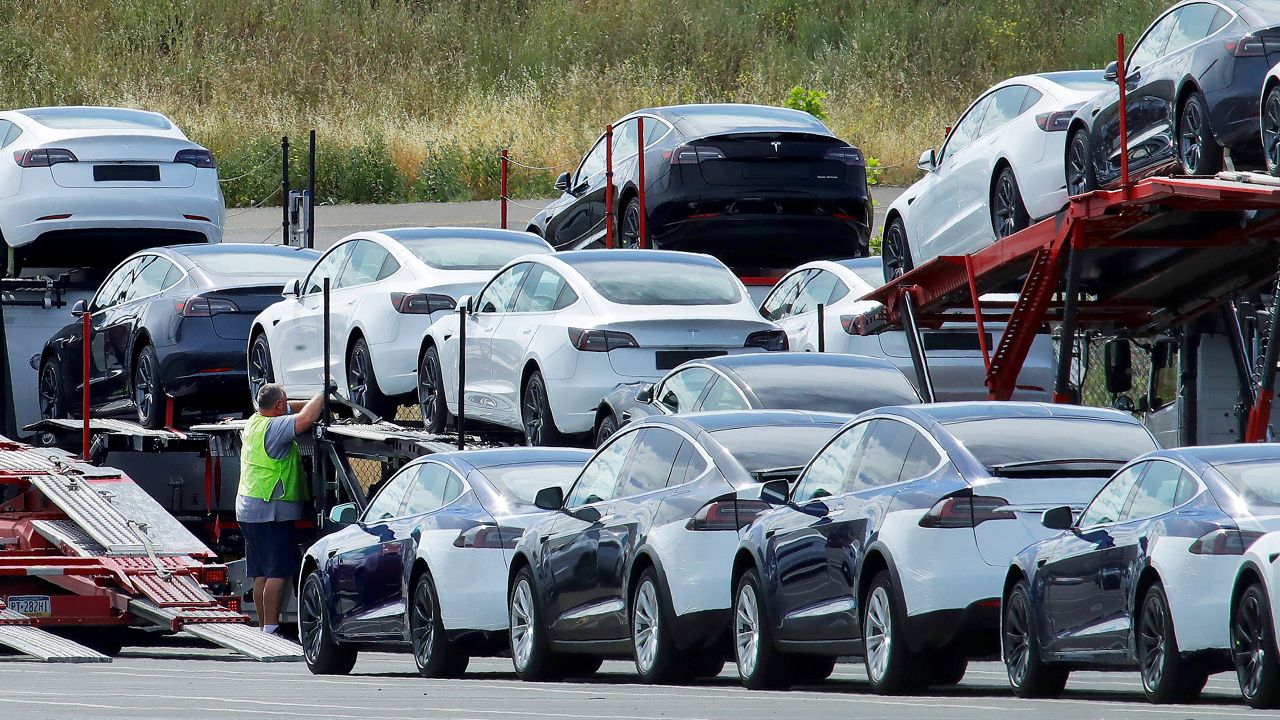SACRAMENTO – California Gov. Gavin Newsom is putting his money where his mouth is when it comes to electrifying transportation. Following up on the ambitious executive order he issued last September, mandating that all new passenger vehicle sales in the state be zero emissions by 2035, Newsom is including $1.5 billion for transportation electrification in the $227.2 billion 2021-2022 budget he unveiled Friday.
“With the clear commitment to getting to 100% zero-emissions vehicles, what we can do to push this market forward has really been in hyperdrive,” said Tyson Eckerle, deputy director of zero-emission vehicle market development in the governor's Office of Business and Economic Development.
The budget proposal includes $500 million in funding for low-income Californians to purchase cleaner vehicles, as well as funds to support the purchase of clean trucks, buses, and off-road freight equipment. It also earmarks $1 billion to build electric charging and hydrogen fueling stations between now and 2025.
Of the infrastructure investments, 50% is targeted toward disadvantaged communities that have disproportionately experienced the effects of poor air quality resulting from gas- and diesel-powered vehicles, including along the 710 corridor that handles freight in and out of the ports of LA and Long Beach.
According to the Union of Concerned Scientists, Latinos, African Americans, Asian Americans, and low-income communities are exposed to more air pollution from cars, trucks, and buses than other demographic groups in California. And they disproportionately suffer from its negative effects, including lung and heart ailments, asthma, and premature death.
"Equity has been an overdue part of the zero-emissions vehicle market strategy," Eckerle said, but it is now driving the decision making in terms of where charging infrastructure will be located and to help low-income people get into less-polluting cars.
While specific dollar amounts for individual programs will not be worked out until the budget is finalized and signed this summer, some of the money will flow to the state's Clean Cars 4 All program, which encourages low-income individuals who drive vehicles that are at least 15 years old to trade them in for zero- or near-zero-emissions models with the help of generous financial incentives.
The $1.5 billion proposal for transportation electrification was hailed by environmental and racial equity groups.
"We're pleased to see the investments they're making in programs specifically targeted at getting low-income people into clean mobility," said Alvaro Sanchez, environmental equity director at The Greenlining Institute. Based in Oakland, the research, advocacy, and policy organization focuses on eliminating race as a barrier to economic opportunity.
"These communities have the hardest time making the switch," he said, citing a lack of exposure to electric vehicles, a dearth of charging infrastructure, and low rates of homeownership as the major barriers. "It's also where the problem of air pollution is most pronounced, so it's appropriate to focus the incentives there versus what the state has done for the past ten years, giving it to anyone. This, to me, signals a change. We're prioritizing investment in the places that need it most."



